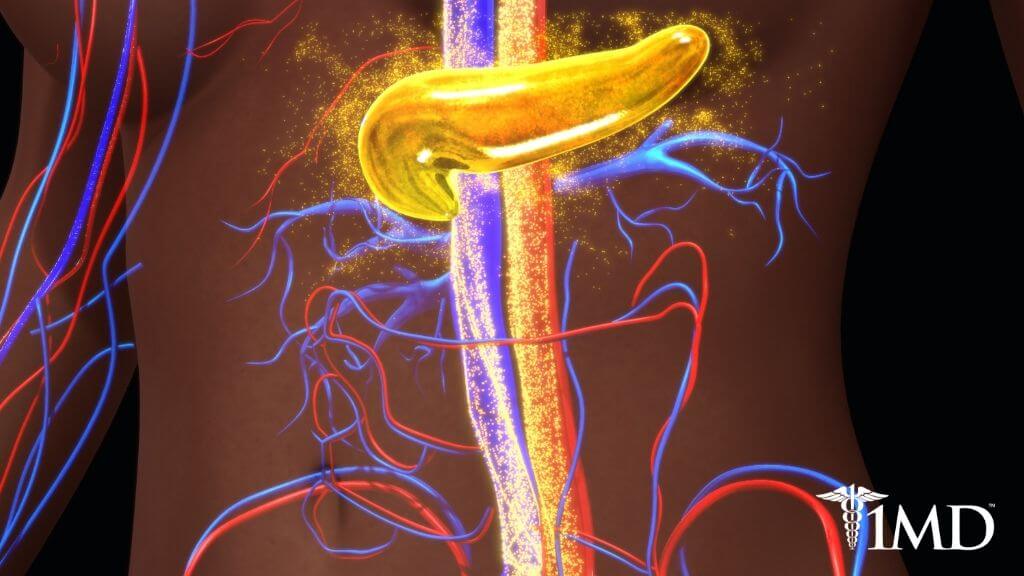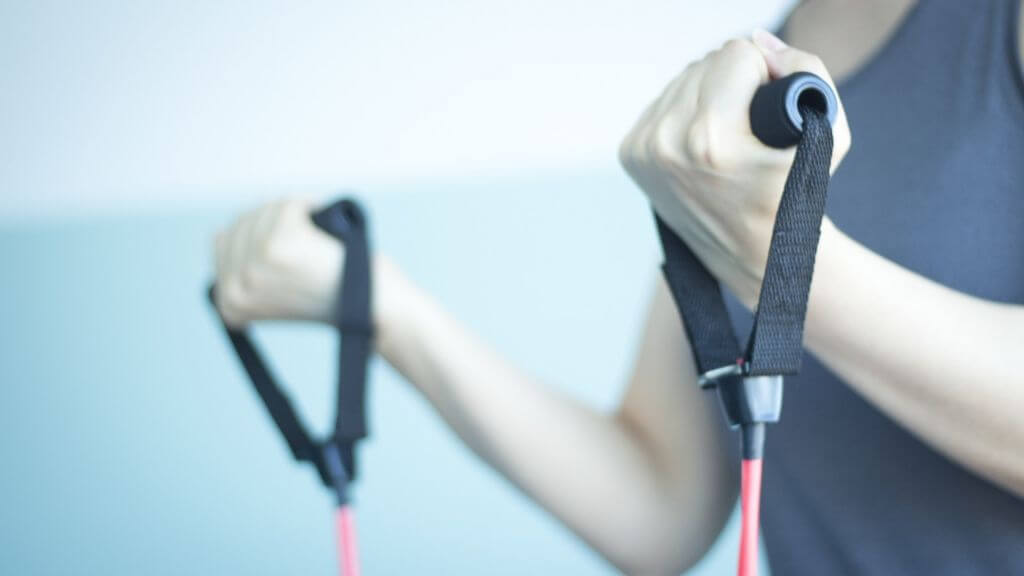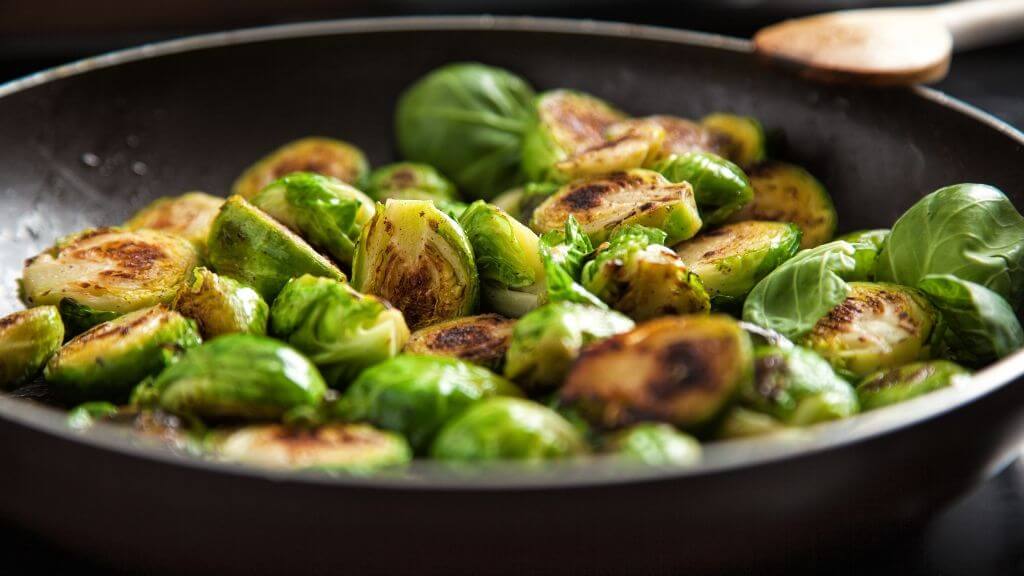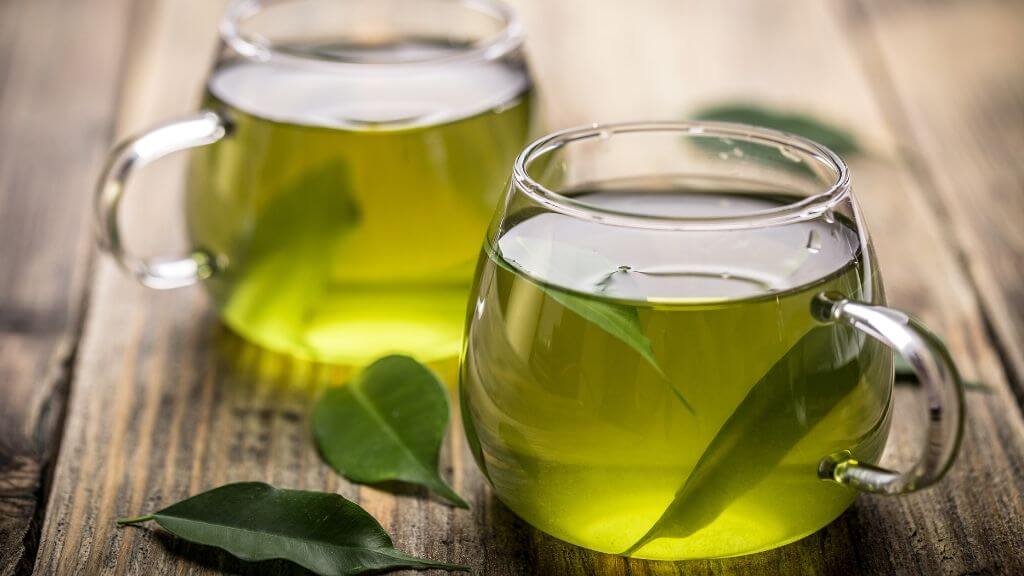Insulin Resistance and 9 Ways to Protect Your Liver From Its Damage
7 minute read
Insulin resistance is more common than ever these days, and it results from your body ignoring the signals that insulin is sending. Insulin is required for glucose absorption and when ignored, too much glucose ends up in your blood.
As a result, diabetes can develop or worsen, and damage can occur to your liver as a result of fatty buildup. Because of the link between insulin resistance and your liver health, it’s necessary to take care of the one liver you get.
Insulin Resistance and Your Liver
After a meal, blood sugar levels increase, whether you are diabetic or not. This triggers the release of insulin from the pancreas, which signals fat and muscle cells to absorb the glucose.
Insulin also signals your liver to hold any leftover glucose for later. Individuals with insulin resistance have a tolerance to insulin, so the process becomes a little different. A larger amount of insulin ends up being released to signal the muscle and fat cells. The liver then continues to store glucose.
As a result of the excess sugar stored, fatty deposits are formed and build up around the liver. This can interfere with liver function as well as produce scarring that can lead to liver damage. You are also at greater risk of developing fatty liver disease.
Fatty liver disease can be caused both by excessive alcohol use and insulin resistance. Both are marked by excess fatty deposits on the liver. It typically causes no symptoms, but you may notice fatigue, weight loss, and abdominal pain.

Because fatty liver disease can be hard to identify, it’s important to watch blood sugar levels if you’re at risk for insulin resistance. If the insulin resistance is not addressed, and the fatty liver disease progresses, you could be at risk for liver failure (cirrhosis).
Improving Your Insulin Sensitivity
Insulin resistance is caused by both genetic and lifestyle factors. There are risk factors that have been associated with insulin resistance, which you should be aware of so you can prevent liver damage.
♦ Stress
♦ Obesity
♦ Frequent infections or severe illnesses
♦ Steroid use
♦ Inactivity
♦ Certain medications
♦ Sleep problems
♦ Smoking
If left untreated, you run the risk of developing diabetes, heart disease, as well as liver disease. Thankfully, there are natural ways to improve your insulin sensitivity once it has been determined that this is an issue.

By taking these steps, you can help your body process and absorb glucose, and protect your liver from damage.
1. Get More Sleep
Poor sleep has been linked to reduced insulin sensitivity, which can make it harder for your body to absorb glucose. Be sure to get your full 7 to 9 hours of sleep each night. If you are able to, go ahead and make up any lost sleep, this can reverse any harmful effects.
2. Get More Exercise
Regular physical activity is the best way to reduce insulin resistance. It helps your muscles use the sugar from your blood, which increases insulin sensitivity right away. Resistance training has been proven to be the most effective form of exercising for insulin resistance.
3. Lose Weight
Not only is losing weight beneficial for your liver, losing excess weight helps to promote insulin sensitivity. There is a link between high amounts of belly fat and insulin resistance, so losing weight will help you to ensure your body uses the sugar rather than storing too much in your liver.
| Related: How Metabolic Syndrome Occurs & the Role of Sugar in Your Health |
4. Eat More Fiber
Fiber helps to bulk your stools and slows down bowel movements. Fiber also helps to lower insulin resistance by feeding the friendly bacteria, which are known to increase insulin sensitivity. For the most fiber, try including oatmeal, legumes, brussels sprouts, or oranges into your daily diet.

5. Add Herbs and Spices
Some natural herbs and spices have been used for centuries to treat disease, and several have been found to improve insulin sensitivity. Turmeric is a strong anti-inflammatory and antioxidant spice that reduces free radicals in the blood, which can cause insulin resistance.
Ginger has also been found to act on your sugar receptors in your muscles to make sugar uptake more regular. Cinnamon also increases insulin sensitivity by helping glucose receptors in muscle become more efficient.
6. Drink Green Tea
Studies show that regularly drinking green tea helps to promote healthy blood glucose levels and reduces insulin resistance. It’s believed that these benefits are from the strong antioxidant properties of green tea.
7. Cut out the Carbs
Carbohydrates are the main cause of increased blood sugar levels. As carbohydrates are digested, glucose triggers the production of more insulin. Diets high in carbohydrates cause blood sugar to spike, which is dangerous for those with diabetes and insulin resistance.
You don’t need to eliminate all carbohydrates, however. Choose those that have a low glycemic index, such as sweet potatoes, brown rice, and quinoa.
8. Avoid Trans Fats
These are the fats that don’t provide any benefits, and they increase your risk of disease. Studies have shown links between trans-fat consumption, poor blood sugar control, and insulin resistance.

Trans fats are typically found in fried and processed foods, and they should be avoided to protect your liver and to keep your blood glucose levels safe.
9. Supplemental Support
High-quality natural supplements can help improve insulin sensitivity. Magnesium and chromium work to improve insulin receptor performance and restore blood sugar levels. Resveratrol also increases insulin sensitivity, although the studies are unsure as to why.
The Bottom Line
You only get one liver, and while it has some ability to regenerate, advanced cases of fatty liver disease and cirrhosis cannot be reversed. Insulin resistance is common, so it’s important to be aware of the symptoms and to address it immediately once diagnosed.
It’s much easier to make lifestyle changes to correct insulin resistance than it is to find a new liver. It’s best to promote optimal liver health with the right supplements to make sure blood glucose is not a threat.












